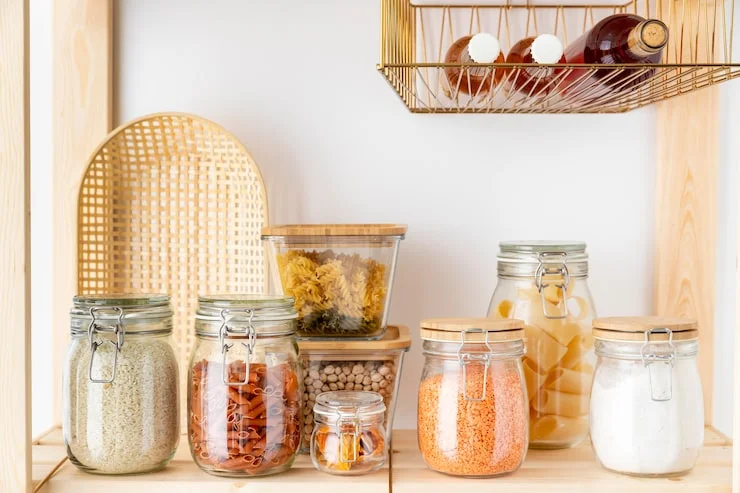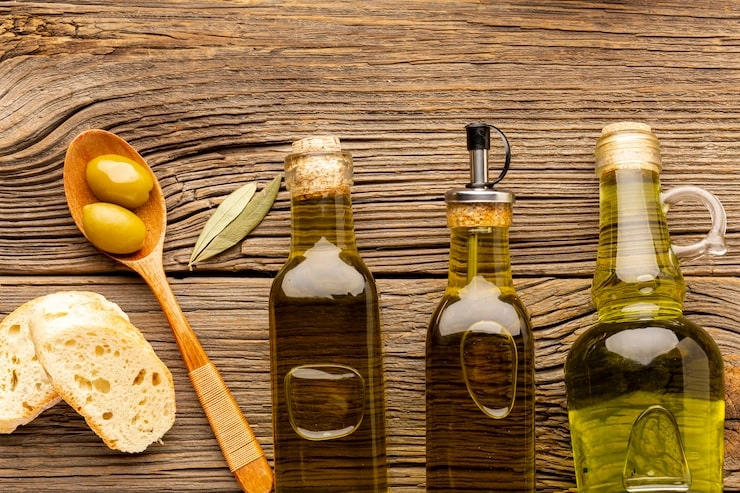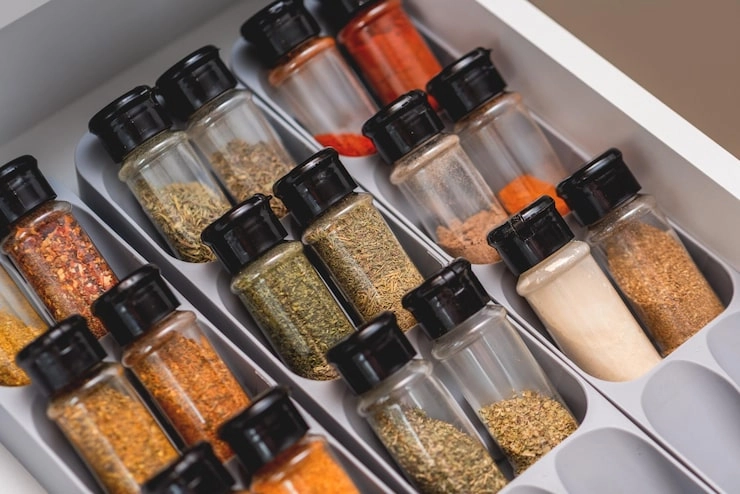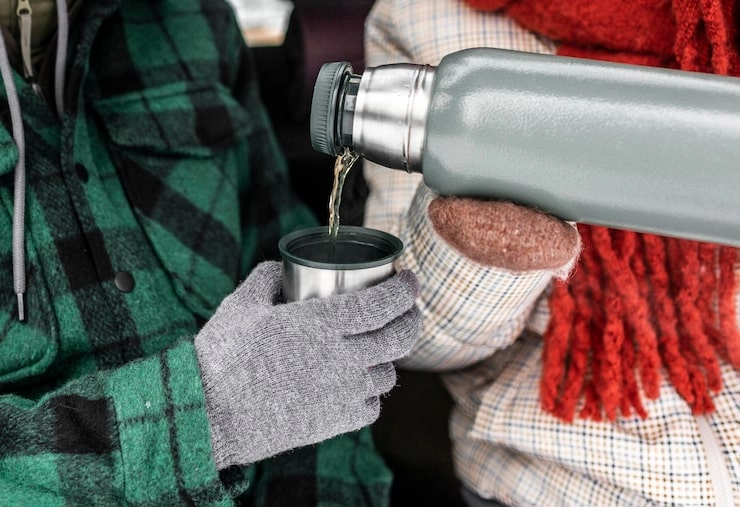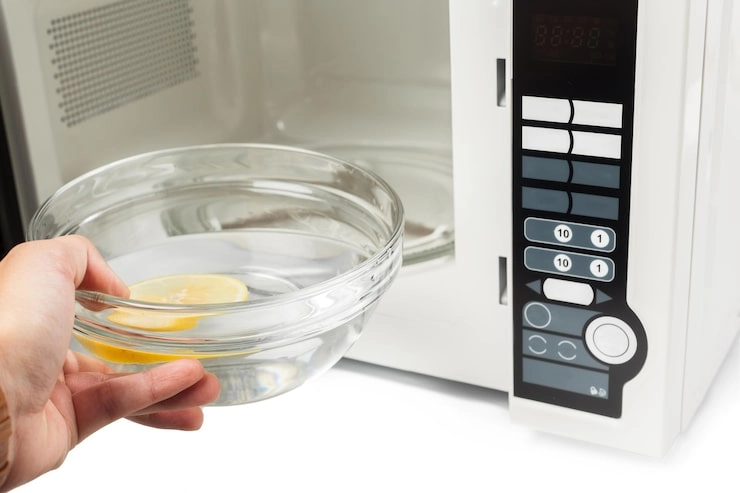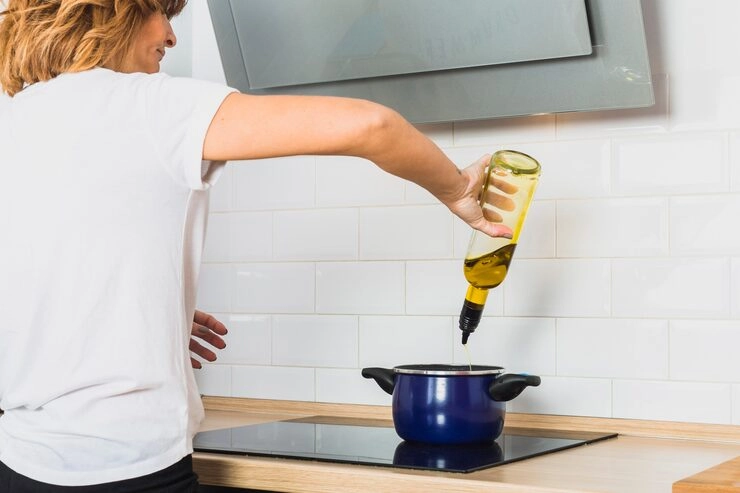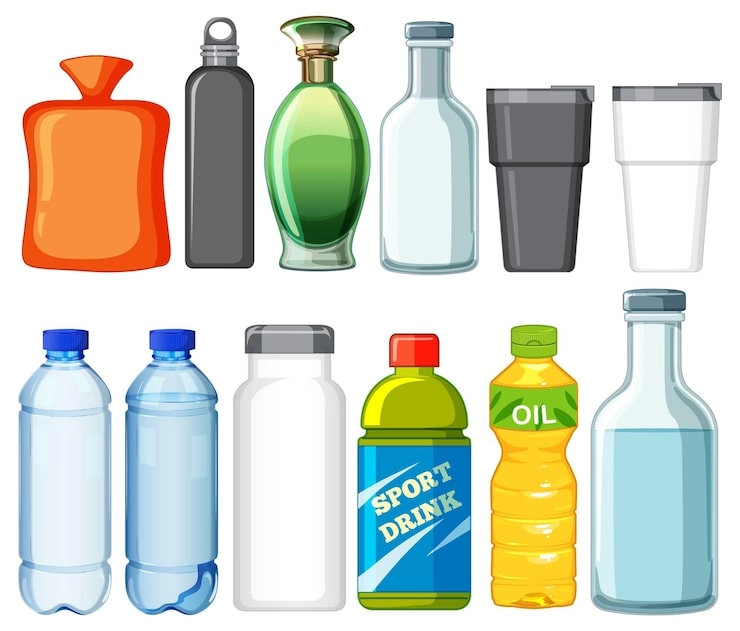
Selecting the perfect top for your glass jar is just as crucial as its shape or composition. The finish — the part that mates with a cap or lid — plays a vital role in both function and appearance. Knowledge of the different types of tops ensures your product stays safe, easy to handle, and compatible with its closure. The wrong top can cause leaks, spoilage, or unhappy customers. It also influences the degree to which the lid closes, the frequency of opening and closing, and whether it resists operations like sterilization or hot filling.
Key Components of a Bottle Finish
To pick the right top for your glass jar or bottle, you need to grasp its basic parts. Let’s break it down.
Neck Width and Thread Number
The neck’s width, measured in millimeters, decides the size of the opening. It must match the cap perfectly. Thread number shows how many twists secure the cap. For example, a 28-400 top has a 28mm width and one thread turn. Simple, right? But precision is crucial here.
Height and Ridge Design
The height of the top affects how much the cap grips it. A ridge, often found below the threads, helps lock in snap-on caps or tamper-proof bands. These features are essential to keep things leak-free.
Cap Compatibility
Not every cap fits every top. Some are made for screw-on lids, while others suit corks or press-on tops. Matching them correctly avoids expensive mistakes. Always double-check!
Common Types of Bottle Finishes
Each top type serves a unique purpose, depending on what your product needs.
Continuous Thread (CT) Finishes
These are super common. They have spiral threads that let screw caps twist on tightly. Labeled with two numbers (like 38-400 for width and thread style), they’re great for repeated opening and closing without losing the seal. You’ll see them in medicines, beauty products, drinks, and household items. They’re reliable and versatile.
Lug or Twist-Off Finishes
These shine in food packaging. Short threads pair with lugs inside metal caps, creating a strong vacuum seal with just a quick turn — often less than a quarter spin. Think jars of jam, sauces, or pickles. They’re sturdy and efficient.
Cork and Tapered Finishes
Want a classic or fancy look? Tapered tops use natural or synthetic corks for a snug friction fit. They’re popular for wine, liquor, essential oils, or high-end perfumes. They add a touch of elegance.
Snap-On or Press-On Finishes
These rely on a tight fit instead of threads. For example, a kitchen olive oil bottle might use a stainless steel pourer with a silicone seal pressed firmly into the neck for a drip-free pour.
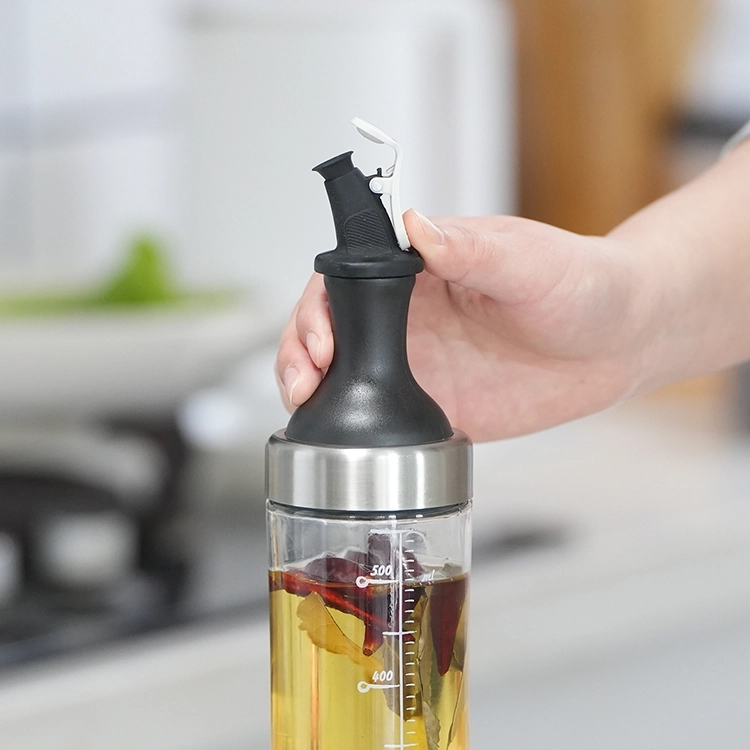
Or take glass storage jars with innovative press & release lid — their silicone gaskets create an airtight seal against the smooth rim. Perfect for storing coffee beans, pasta, or spices. These are practical and sleek.
Choosing the Right Bottle Finish for Your Product
Picking the best top means thinking about your product’s needs. Here’s how.
Product Type and Thickness
Thick stuff like sauces needs wider openings for easy pouring. Thin liquids, like water, work better with narrow necks to control flow. It’s all about function.
Seal Strength
A mismatched cap and top can ruin everything. Leaks happen if they don’t align. Stick to industry standards (like GPI/SPI codes such as 28-410) to keep things tight and secure.
User Convenience
Features like flip-top lids on CT bottles make life easier for customers. They’re hygienic and simple to use. Who doesn’t love that?
Material-Specific Considerations for Glass Bottles
Glass is awesome for keeping things fresh, but it has its quirks. Let’s explore.
Glass Thickness Impact
Thicker glass can handle complex tops like lug caps, but it raises costs and shipping weight. Lighter glass saves money but might limit your options. Choose wisely.
Heat Resistance and Sterilization
Glass used for hot-fill processes must endure high temperatures without the neck warping. If sterilization is needed, pick tops designed to handle autoclaving. Safety first!
Industry Applications by Finish Type
Different industries lean on specific tops for their needs.
Food and Drinks
Lug caps rule for foods needing a vacuum seal, like jams or sauces. Wine loves corks for tradition, while bottled water often uses light CT caps to cut costs. Each has its place.
Beauty and Personal Care
Fine-thread CT tops are great for precise dispensing of creams or serums, often paired with pumps or droppers. They’re functional and chic.
Household Cleaners
Tough, chemical-resistant CT tops are standard here. Plus, child-proof features can be added for safety, especially if regulations demand it.
Tips for Ensuring Proper Fit Between Bottle and Closure
Stopping leaks starts early. Use precise tools like calipers to measure neck width and thread gauges to check compatibility with global standards. Always review your supplier’s technical drawings before ordering. This is especially critical for custom solutions. A clear process saves headaches later.
Supplier Spotlight: SinoGlass Group
Need top-notch glass containers with perfect tops? A trusted supplier makes all the difference. Founded in 2000, SinoGlass Group is a global leader in kitchenware. Their lineup includes tumblers, water bottles, tea and coffee mugs, and glass storage sets, often made with strong materials like stainless steel and borosilicate glass. They focus on quality and creativity, offering tailored OEM/ODM services with a clear process. Their modern factories deliver in 45–60 days, serving retailers and private labels worldwide.
FAQs
Q1: What do the numbers in a bottle finish size mean?
A: The first number is the neck’s outer width in millimeters, and the second shows the thread style (e.g., 28-410). This standard format ensures caps and bottles match across suppliers.
Q2: Can I use any cap with any bottle top?
A: Nope. Caps are made for specific neck widths and thread styles. A mismatch can lead to leaks or contamination. Always check compatibility first.
Q3: Are all glass bottles heat-resistant regardless of top?
A: Not quite. While glass handles heat well, thinner bottles might crack under high temperatures unless designed for hot-fill or autoclaving with reinforced necks.




